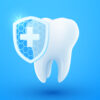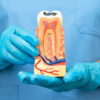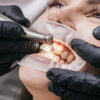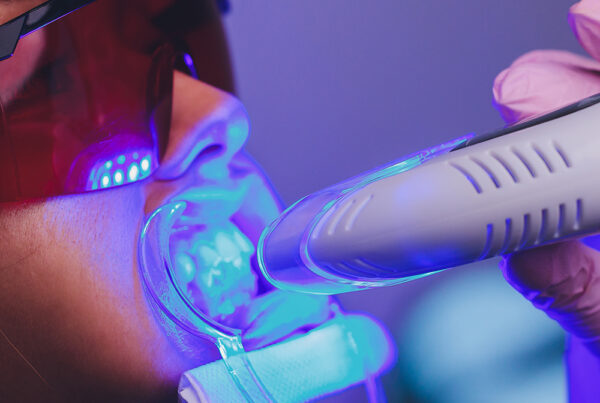What Is Teeth Whitening?
Teeth whitening is a cosmetic dental procedure that helps to lighten and brighten the appearance of teeth. It can be done at home with over-the-counter products or in a dentist’s office with professional whitening treatments. Teeth whitening is one of the most popular cosmetic dental procedures, as it can help to restore the natural beauty of your smile.
How Old I Should Be For Teeth Whitening?
If you’re considering teeth whitening, there are several factors to consider. First, your age will determine which type of teeth whitening treatment is right for you. For adults over 18 years old, professional in-office treatments are usually recommended as they offer the most reliable results with minimal risk of side effects. In-office treatments involve applying a bleaching agent directly onto the teeth and then activating it with a special light or laser. The process usually takes around an hour and can make your teeth several shades whiter in just one visit.
For children under 18 years old, at-home treatments are generally recommended as they are less likely to cause damage to developing tooth enamel. At-home treatments involve wearing trays filled with a bleaching gel for several hours each day over the course of two weeks or more until desired results are achieved. While these treatments may take longer than in-office procedures, they offer a safe and affordable option for younger patients who want to brighten their smiles without risking damage to their developing teeth.
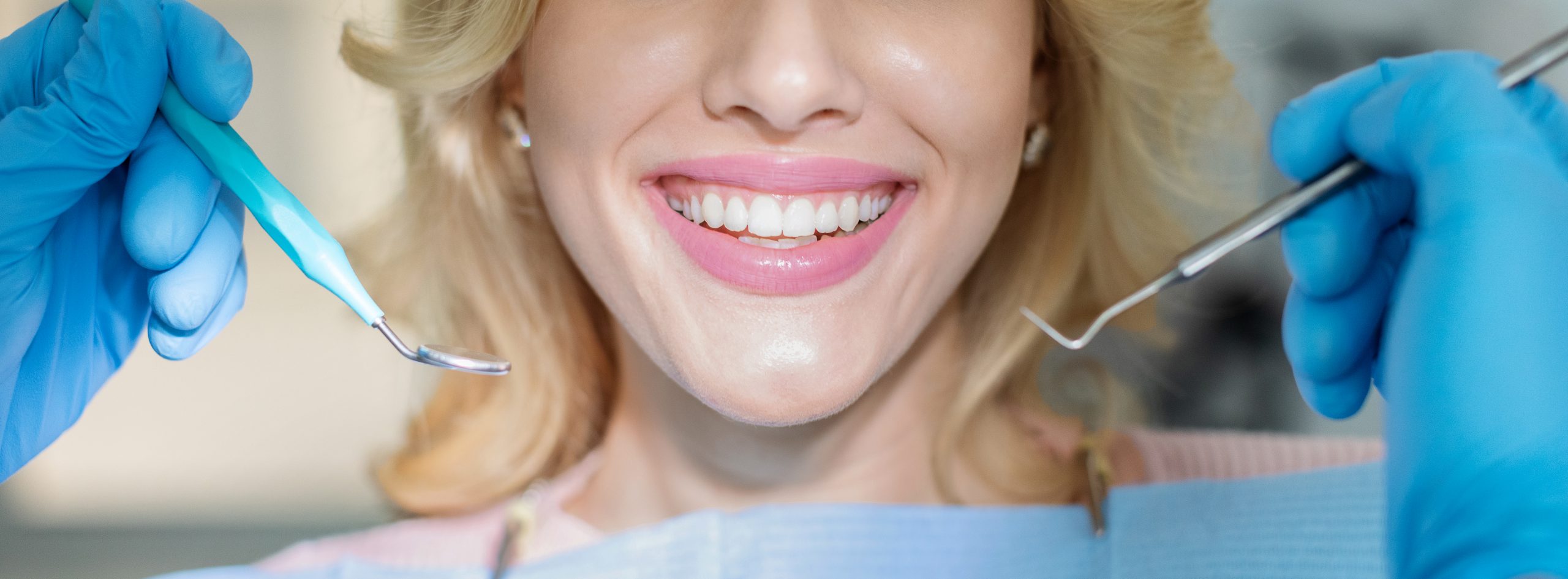
It’s also important to note that not everyone is a good candidate for teeth whitening treatments due to certain medical conditions or medications that can interfere with the process. If you have any underlying health issues or take certain medications, it’s best to consult with your dentist before beginning any type of teeth whitening treatment. Your dentist will be able to assess your individual situation and advise you on whether or not teeth whitening is right for you.
Overall, teeth whitening is an effective way to brighten up your smile regardless of age – but it’s important to be aware of the potential risks associated with using at-home products or undergoing professional in-office treatments. Be sure to speak with your dentist first so they can assess your individual situation and provide advice on which type of treatment would be best suited for you based on age, health history, and other factors.
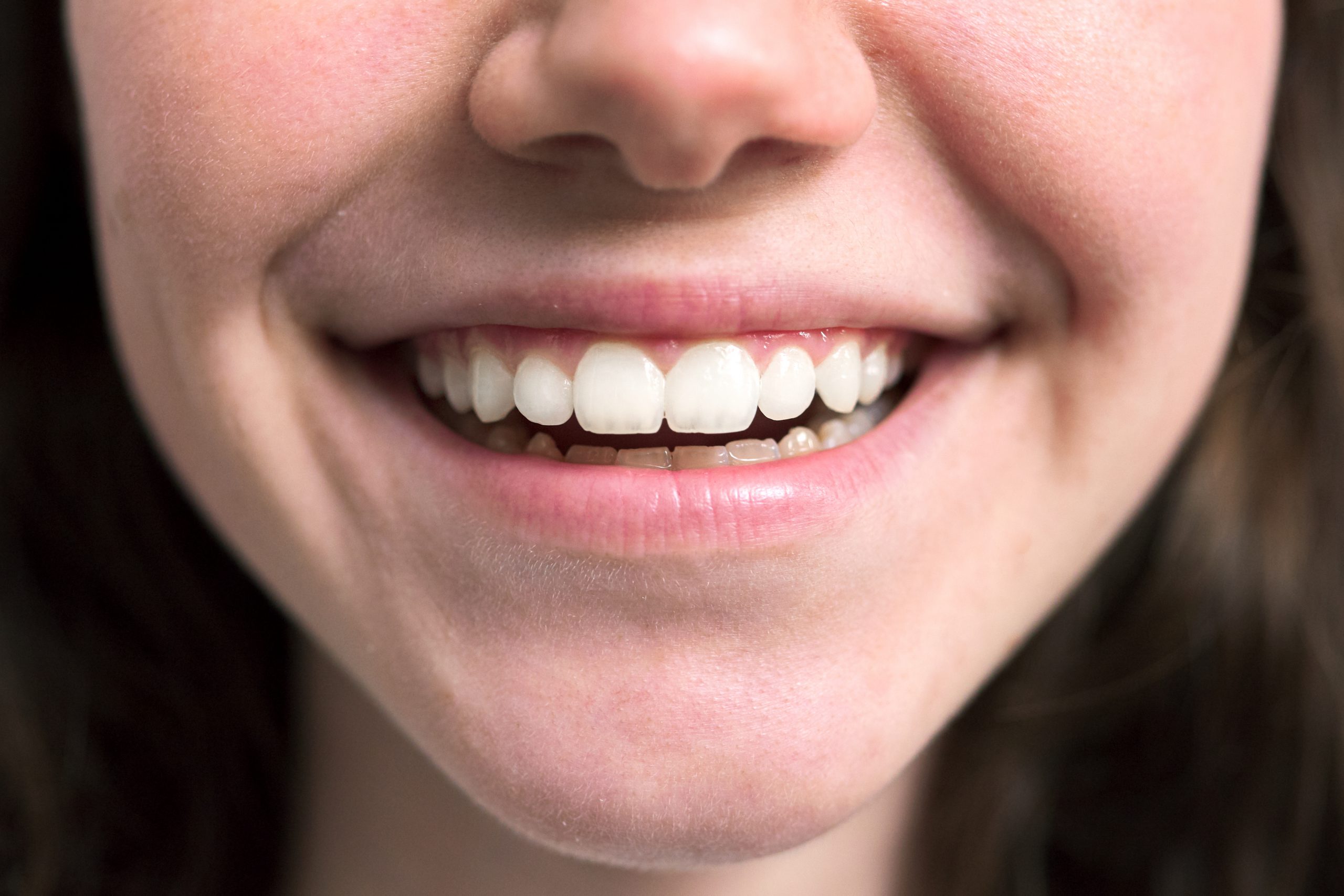
What Is The Process Of Teeth Whitening?
Teeth whitening is a popular cosmetic dental procedure that can help you achieve a brighter, whiter smile. The process involves using a bleaching agent to remove discoloration and stains from the teeth. Teeth whitening is a safe and effective way to improve the appearance of your smile without having to undergo any invasive procedures.
The first step in the teeth whitening process is to consult with your dentist. Your dentist will evaluate your oral health and determine if you are a good candidate for teeth whitening. If you have any cavities or gum disease, these issues must be addressed before beginning the whitening process. Once your dentist has determined that you are a good candidate for teeth whitening, they will discuss which type of treatment would be best for you.
The most common type of teeth whitening is an in-office procedure that uses professional-grade bleaching agents such as hydrogen peroxide or carbamide peroxide. During this procedure, your dentist will apply the bleaching agent directly to your teeth and use special lights or lasers to activate it. This type of treatment typically takes about an hour and can provide dramatic results in just one visit.

At-home teeth whitening kits are also available over-the-counter at drugstores or online retailers. These kits contain lower concentrations of bleaching agents than what’s used in professional treatments, so they take longer to produce results but can still be effective when used correctly. With at-home kits, you’ll apply the bleaching agent directly to your teeth using custom trays that fit snugly around them. You’ll need to wear these trays for several hours each day until you achieve the desired results.
No matter which type of treatment you choose, it’s important to follow all instructions provided by your dentist or included with at-home kits carefully in order to get the best results from your teeth whitening procedure. Additionally, it’s important to practice good oral hygiene habits after undergoing any type of teeth whitening treatment in order to maintain its effects over time. This includes brushing twice daily with fluoride toothpaste and flossing once daily as well as scheduling regular checkups with your dentist every six months or as recommended by them.
If you’re looking for a way to brighten up your smile without undergoing any invasive procedures, then consider talking with your dentist about undergoing a professional teeth whitening treatment today!
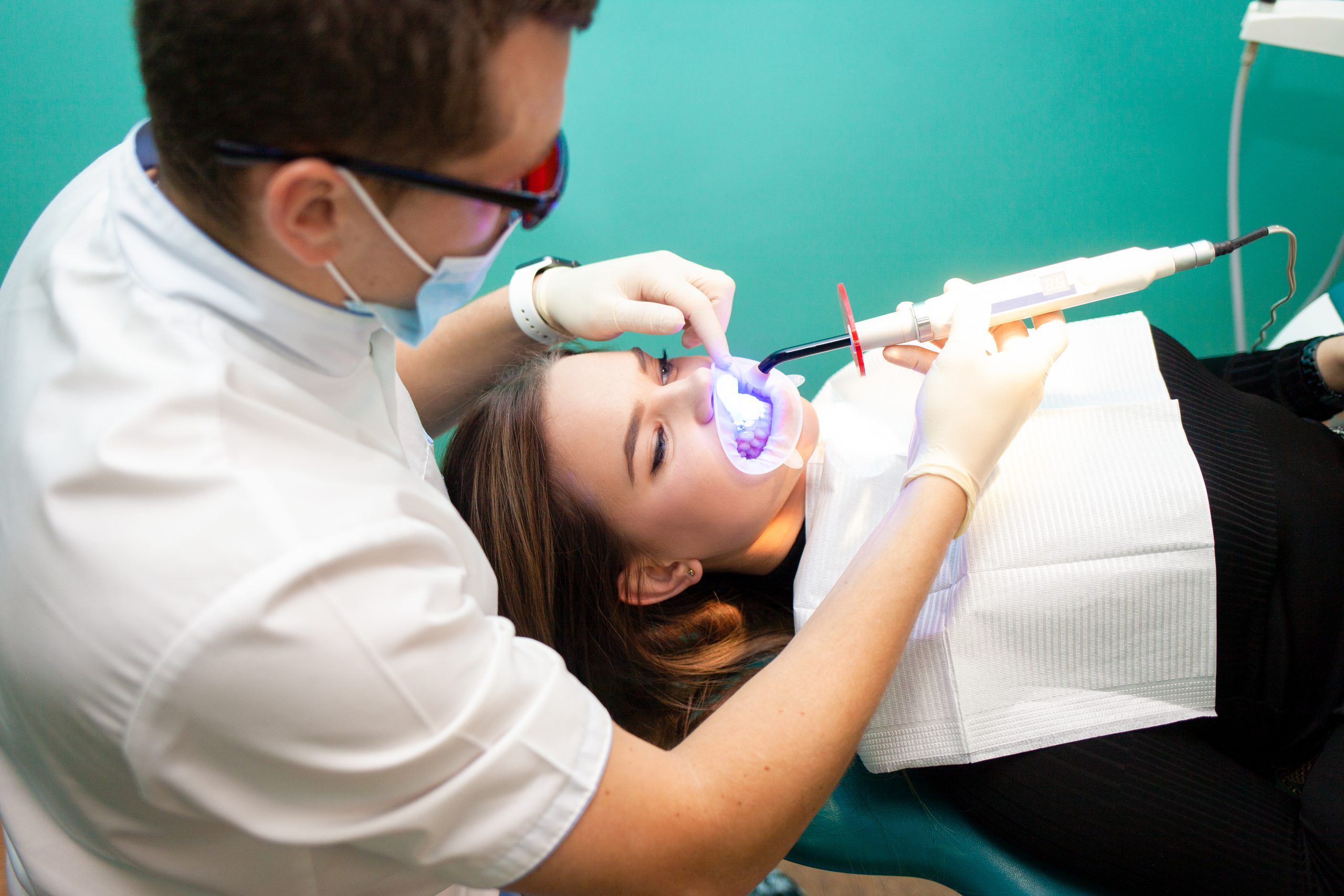
Pros and Cons Of Teeth Whitening On Different Settings
Teeth whitening is a popular way to improve the appearance of your smile. It can be done at a clinic or at home, and each option has its own advantages and disadvantages. In this post, we’ll explore the pros and cons of teeth whitening in a clinic or at home so you can decide which option is best for you.
Advantages of Teeth Whitening in a Clinic
The main advantage of getting your teeth whitened in a clinic is that it’s performed by a professional. A dentist or dental hygienist will assess your teeth before starting the process to make sure it’s safe for you. They’ll also use special tools and products that are designed to give you the best results possible. This means that the results will be more consistent than if you were to do it yourself at home. Additionally, because they are trained professionals, they can provide advice on how to maintain your newly whitened teeth afterwards.
Disadvantages of Teeth Whitening in a Clinic
The main disadvantage of getting your teeth whitened in a clinic is that it tends to be more expensive than doing it yourself at home. Professional treatments usually cost several hundred dollars, depending on the type of treatment used and how many sessions are needed. Additionally, some people may experience sensitivity after having their teeth professionally whitened, although this should subside within a few days.
Advantages of Teeth Whitening at Home
The main advantage of doing your own teeth whitening at home is that it’s much cheaper than going to a clinic. There are many different types of products available over-the-counter such as toothpastes, strips, gels and trays that range from just a few dollars up to around $50-$100 depending on the product chosen. Doing it yourself also allows you to do it when it suits you – there’s no need to book an appointment with a professional or take time off work for treatments like there would be if you went to a clinic.
Disadvantages of Teeth Whitening at Home
Over-the-counter products tend not to be as strong as those used by professionals so results may not be as noticeable or long lasting as those achieved in clinics. Additionally, some people may find using these products difficult or uncomfortable due to ill fitting trays or gels that don’t stay put properly while they sleep or go about their day-to-day activities. Finally, without being assessed by a professional beforehand, there is always the risk that using these products could cause damage if used incorrectly or too often – something which wouldn’t happen if done in a clinic setting where professionals can advise accordingly before treatment begins.
Overall, both options have their advantages and disadvantages when it comes to teeth whitening but ultimately the decision comes down to personal preference and budget constraints. If money isn’t an issue then getting your teeth professionally whitened in a clinic may be worth considering due to its safety benefits and higher quality results compared with DIY kits available over-the-counter; however if cost is an issue then doing it yourself at home may be more suitable as long as you take care when using any products purchased over-the-counter and follow instructions carefully
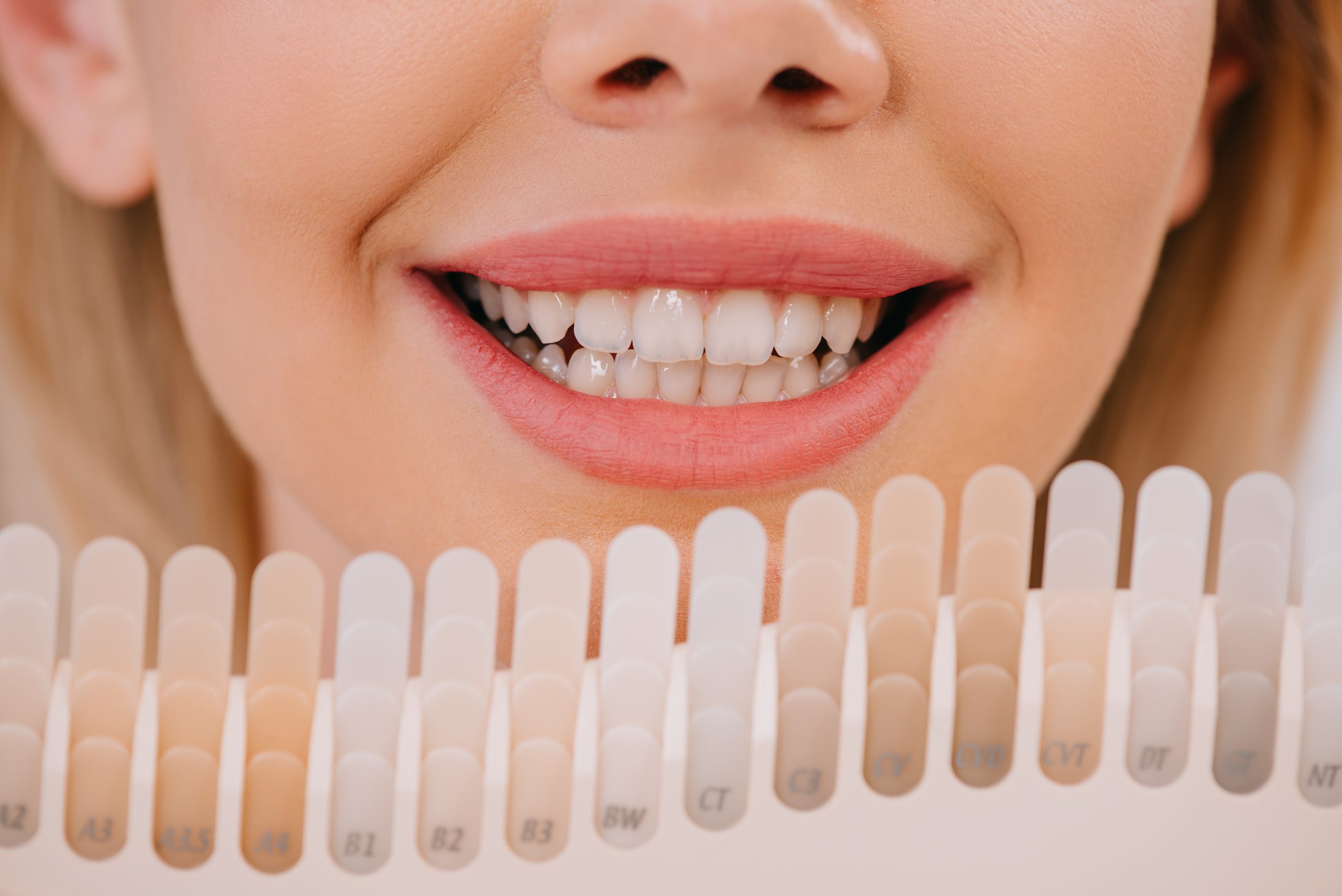
Is Teeth Whitening Permanent?
The answer to this question depends on several factors, including the type of whitening treatment you choose and how well you take care of your teeth after the procedure.
At-home whitening kits are generally not considered permanent solutions for discolored teeth. These products contain lower concentrations of bleaching agents than professional treatments, so they may only provide temporary results. In addition, the effects of at-home whitening kits can be diminished over time if you don’t practice good oral hygiene habits and regularly consume staining foods and drinks.
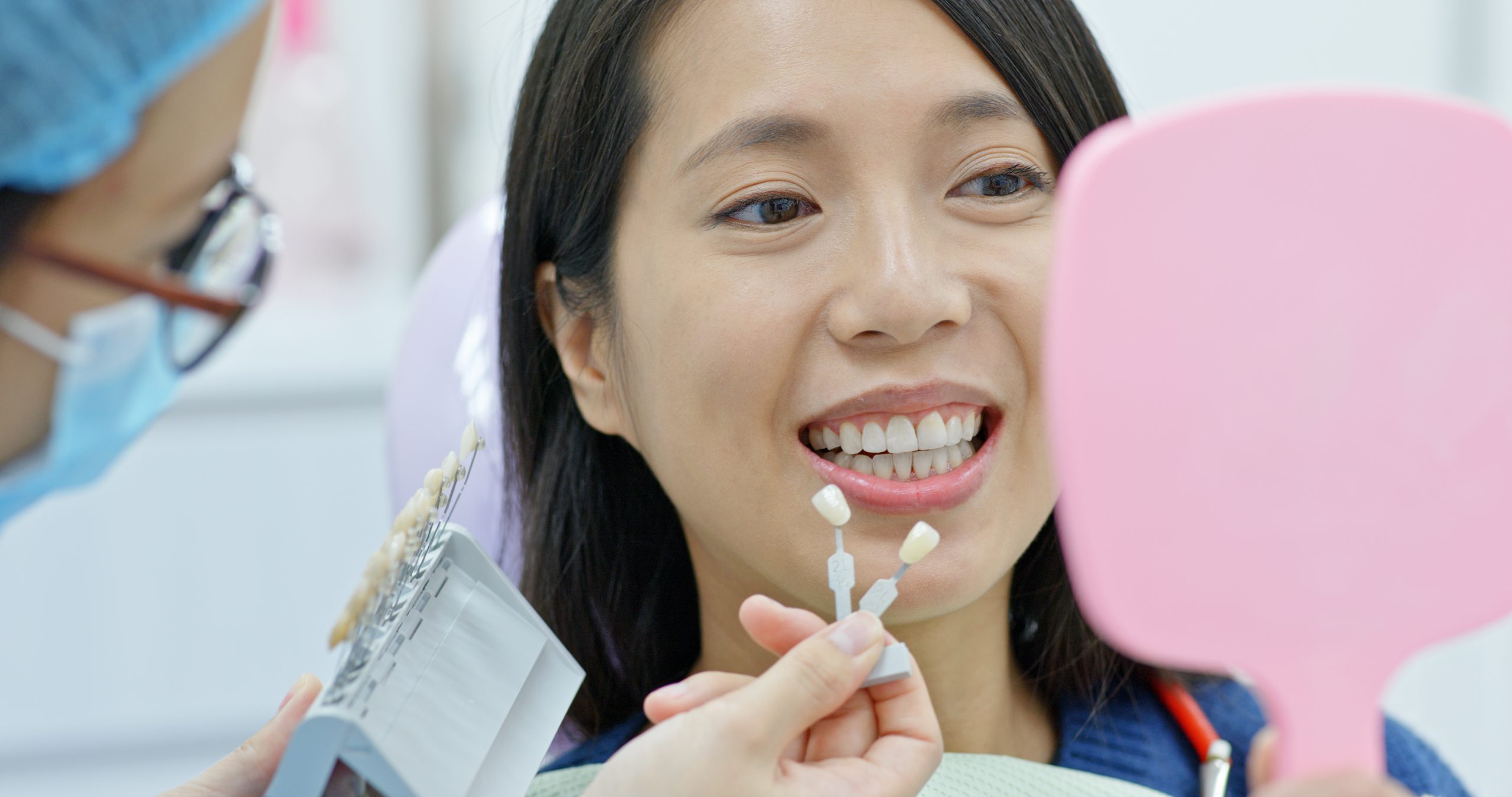
Professional teeth whitening treatments performed by a dentist are typically more effective than at-home kits and can last longer. These treatments use higher concentrations of bleaching agents to penetrate deeper into the enamel and remove more stubborn stains. Depending on the type of treatment used, professional teeth whitening results can last anywhere from six months to two years or more.
To ensure that your teeth stay white for as long as possible after a professional whitening treatment, it’s important to maintain good oral hygiene habits and avoid consuming foods and drinks that are known to stain teeth (such as coffee, tea, red wine, etc.). You should also consider scheduling regular touch-up appointments with your dentist every 6 months or so in order to keep your smile looking its best.
In conclusion, while professional teeth whitening treatments can provide longer lasting results than at-home kits, neither option is truly permanent. To maintain a bright white smile over time, it’s important to practice good oral hygiene habits and schedule regular touch-up appointments with your dentist.

What Are The Tips To Keep Your Teeth White?
- Brush Twice A Day
Brushing your teeth twice a day is the most important step in keeping them white and healthy. Use a soft-bristled toothbrush and fluoride toothpaste to gently brush your teeth for two minutes each time. Make sure to brush all surfaces of your teeth, including the front, back, top, and sides.
-
Floss Regularly
Flossing helps remove plaque from between your teeth where brushing can’t reach. Use an interdental brush or floss threader to get into hard-to-reach areas of your mouth. Aim to floss at least once a day for optimal oral health.
-
Avoid Staining Foods & Drinks
Certain foods and drinks can stain your teeth over time if consumed regularly. This includes coffee, tea, red wine, dark berries, tomato sauce, and other highly pigmented foods or beverages. If you do consume these items on occasion, try rinsing with water afterwards or drinking through a straw to minimize staining potential.
-
Quit Smoking
Smoking not only stains the surface of your teeth but also increases the risk of gum disease and other oral health issues like oral cancer. Quitting smoking is one of the best things you can do for both your overall health as well as the appearance of your smile!
-
Visit Your Dentist Regularly
Visiting the dentist every six months is essential for maintaining good oral hygiene habits and preventing cavities or gum disease from developing over time. During these visits, be sure to ask about professional whitening treatments that can help restore any discoloration caused by lifestyle habits or aging processes such as enamel erosion or yellowing due to plaque buildup over time.
-
Use Whitening Products
There are many over-the-counter whitening products available today that can help brighten up dull smiles without damaging tooth enamel or causing sensitivity issues like some professional treatments may cause when used too frequently or incorrectly applied at home by consumers themselves . Be sure to read labels carefully before using any product so that you know what ingredients are included in order to avoid potential side effects like irritation or gum inflammation caused by harsh chemicals contained within certain products on the market today .
-
Eat Crunchy Fruits & Veggies
Eating crunchy fruits and vegetables like apples , carrots , celery , cucumbers , etc., helps naturally scrub away surface stains on the teeth while providing additional nutrients needed for strong enamel growth . Plus , chewing on crunchy foods increases saliva production which helps rinse away bacteria from food particles stuck between teeth .
Following these simple tips will help keep your teeth looking their best so that you can show off those pearly whites with confidence!

